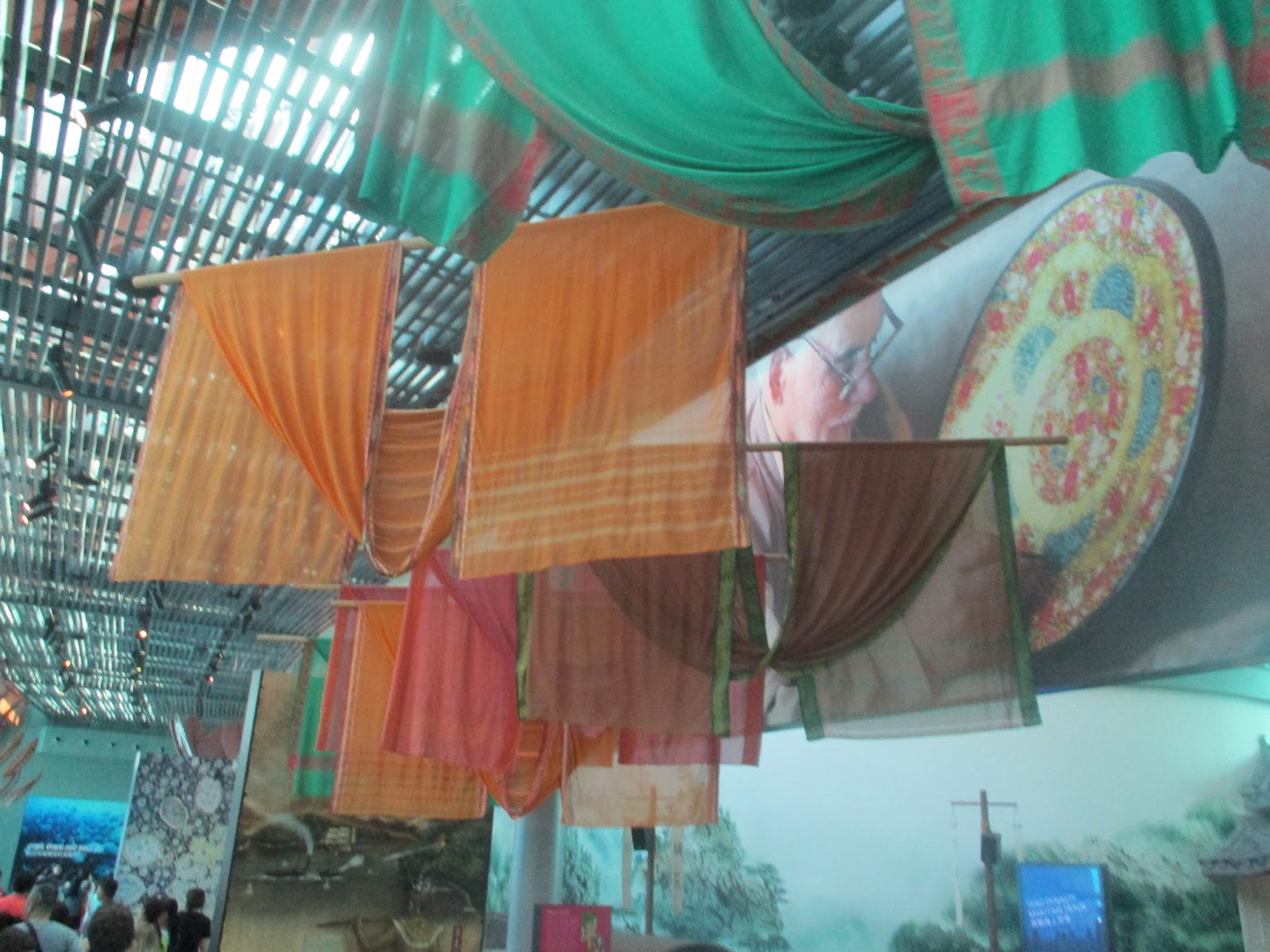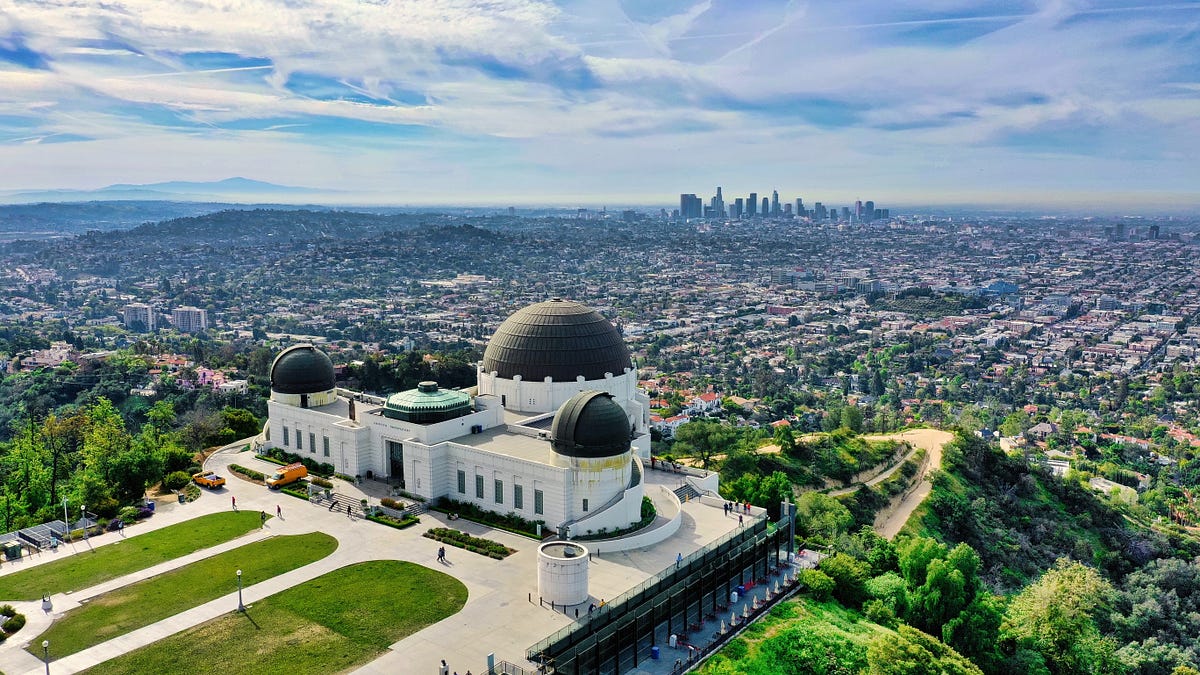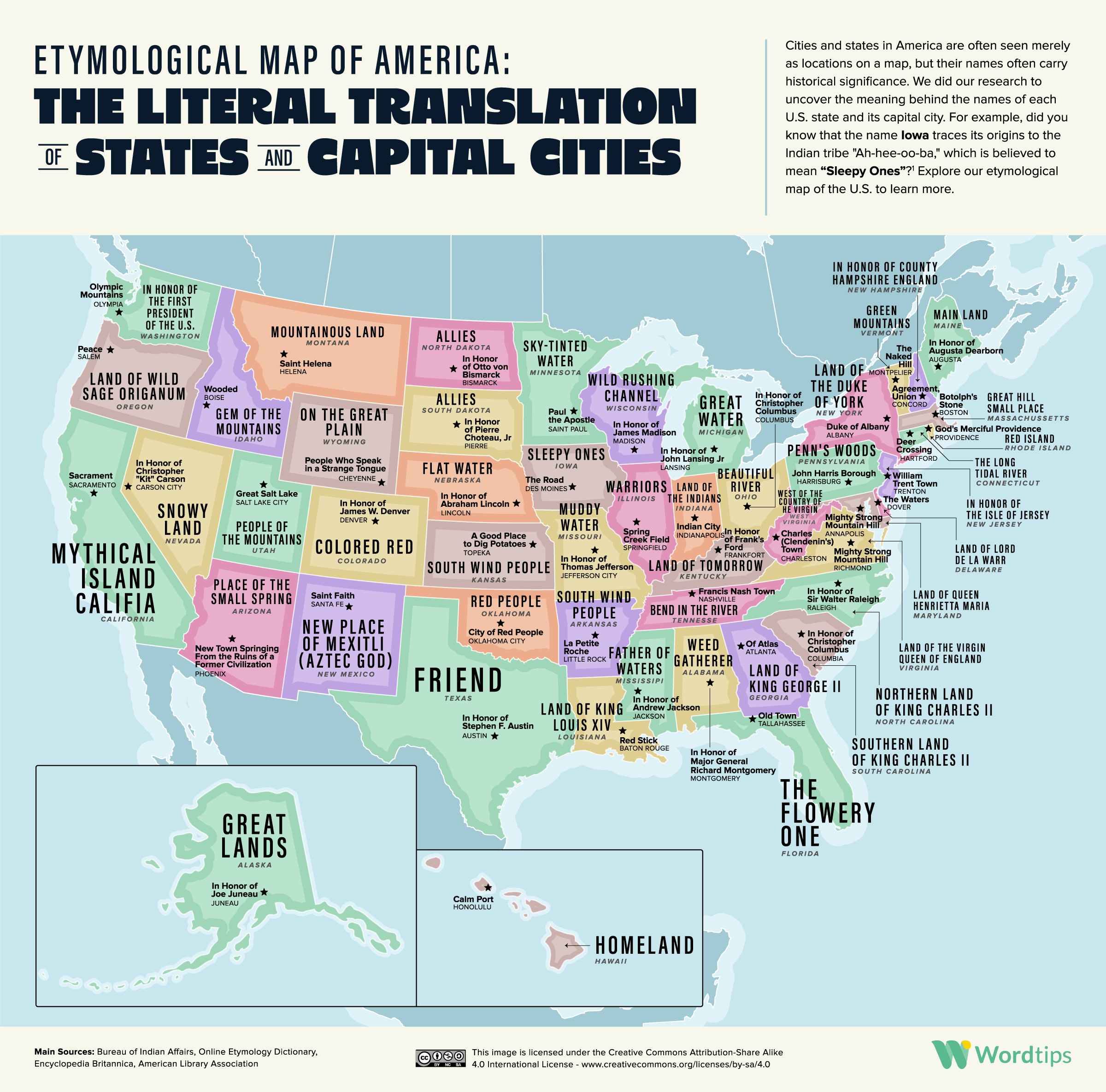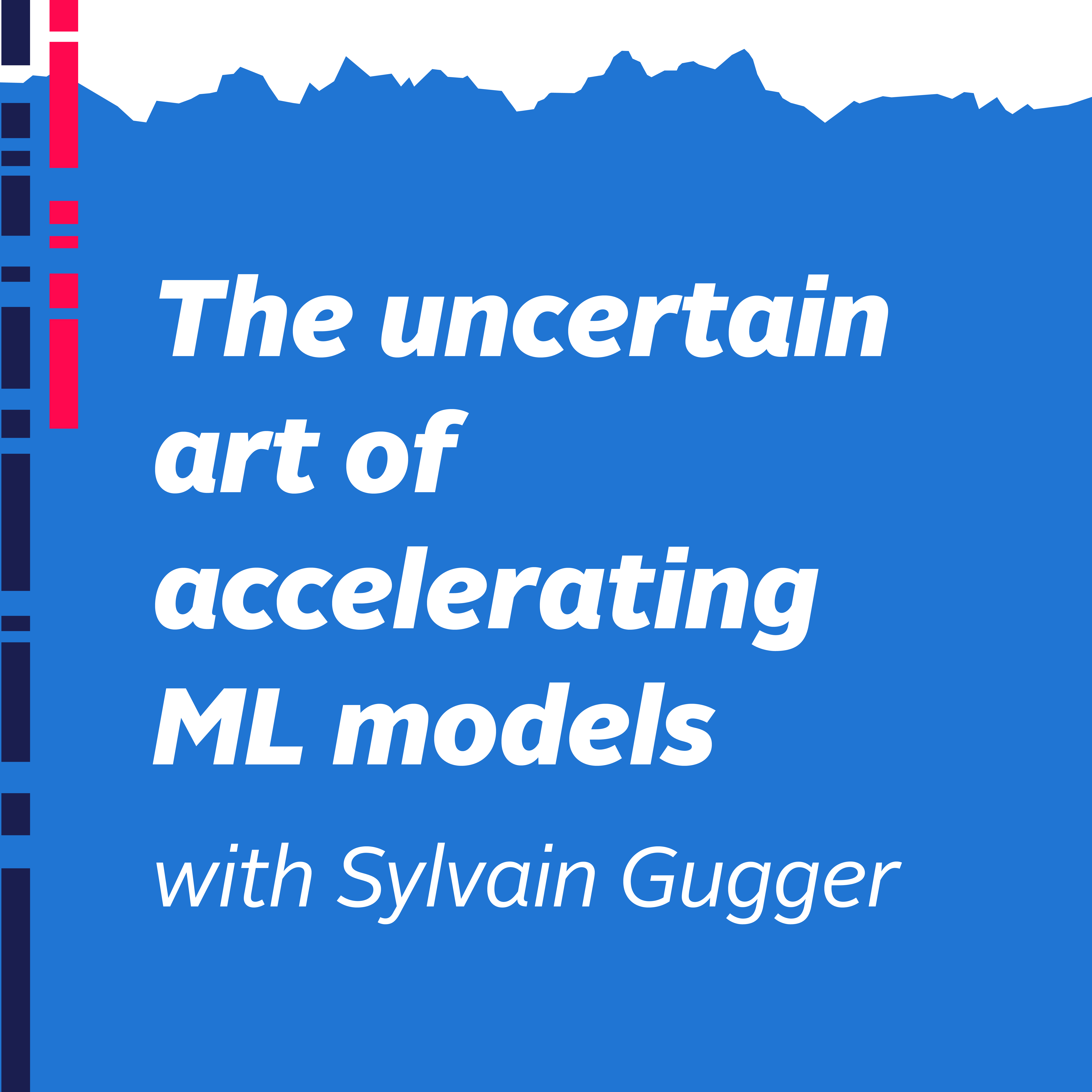
What Really Fueled the ‘East Asian Miracle’?
The transformation of several East Asian countries from developing, agrarian economies to highly developed, industrialized economies is one of the great success stories of the 20th century. According to one World Bank report, almost 1 billion people were pulled out of poverty as a result of fast growth in the region. But the questions of why this happened and how it can be replicated by other countries remain essential to answer for the roughly 700 million people trying to survive on less than $2.15 a day.
In today’s episode of Good on Paper, I speak with Oliver Kim, an economist working at Open Philanthropy, whose recent paper co-authored with Jen-Kuan Wang, a Ph.D. student at Penn State, investigates one country that was part of the “East Asian miracle”: Taiwan. In the 1950s, Taiwan pursued a series of land reforms that were widely credited for transforming its economy. Other countries in the region had pursued similar reforms—including mainland China, Japan, and South Korea—adding to the sense that these specific changes were important for understanding the region’s development. In broad terms, the story went like this: Taiwan redistributed land to the peasantry, which significantly increased the nation’s agricultural productivity and helped finance the country’s industrialization.
But Kim and Wang’s research casts doubt on this story. Diving into the data reveals a far more complicated picture of how land reforms spurred development in Taiwan, with implications for developing nations around the world.


/cloudfront-us-east-2.images.arcpublishing.com/reuters/MZSYNATQCZJZZLYXHK2B3RFO6U.jpg)





/cloudfront-us-east-2.images.arcpublishing.com/reuters/NNEROBW525KAJDE4PRU2RPPGX4.jpg)














